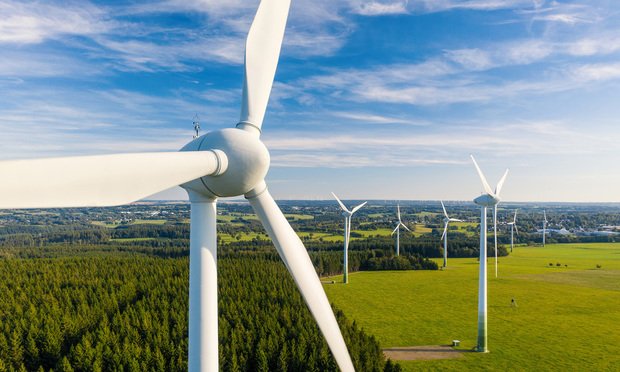 From 2000-2019, the average rotor diameter of an onshore wind turbine blade in the U.S. increased from 48 meters to 121 meters and the average hub increased from 58 meters to 90 meters. As turbines increase in size, so does the value of any one individual claim. (Credit: engel.ac/Adobe Stock)
From 2000-2019, the average rotor diameter of an onshore wind turbine blade in the U.S. increased from 48 meters to 121 meters and the average hub increased from 58 meters to 90 meters. As turbines increase in size, so does the value of any one individual claim. (Credit: engel.ac/Adobe Stock)
Developments in wind turbine technology have been one of the key drivers in reducing the cost of renewable energy production and fueling the growth of the wind industry over the past decade.
Recommended For You
Want to continue reading?
Become a Free PropertyCasualty360 Digital Reader
Your access to unlimited PropertyCasualty360 content isn’t changing.
Once you are an ALM digital member, you’ll receive:
- Breaking insurance news and analysis, on-site and via our newsletters and custom alerts
- Weekly Insurance Speak podcast featuring exclusive interviews with industry leaders
- Educational webcasts, white papers, and ebooks from industry thought leaders
- Critical converage of the employee benefits and financial advisory markets on our other ALM sites, BenefitsPRO and ThinkAdvisor
Already have an account? Sign In Now
© Touchpoint Markets, All Rights Reserved. Request academic re-use from www.copyright.com. All other uses, submit a request to [email protected]. For more inforrmation visit Asset & Logo Licensing.







